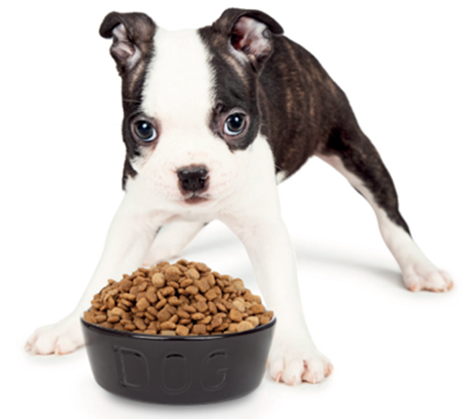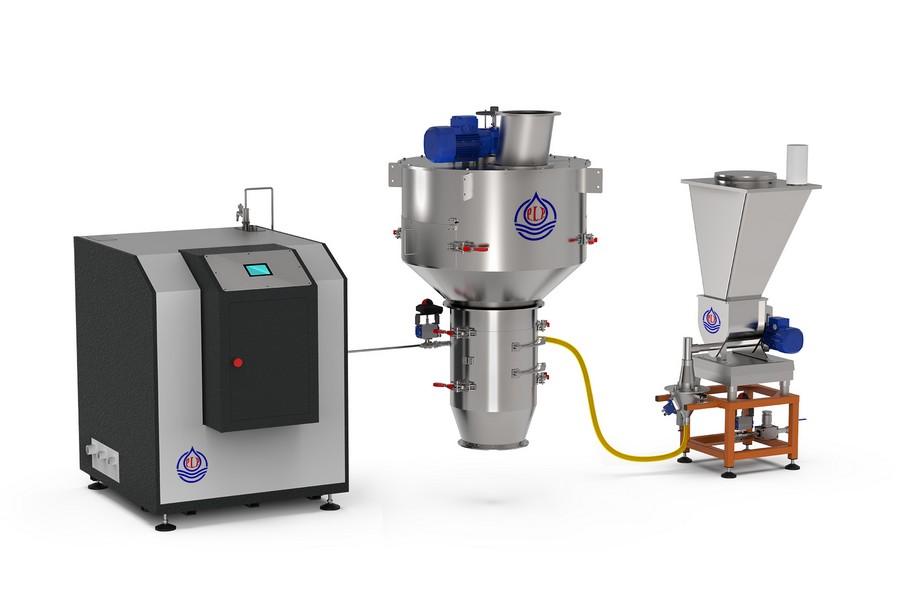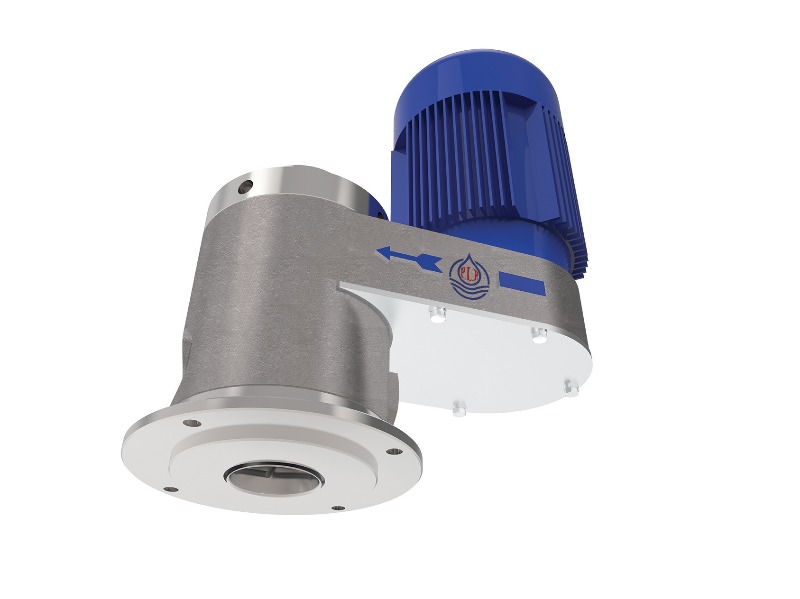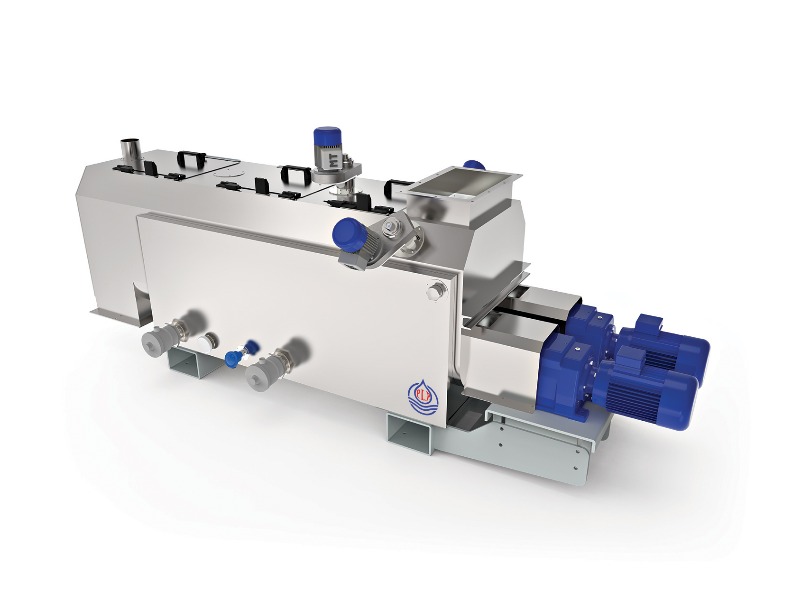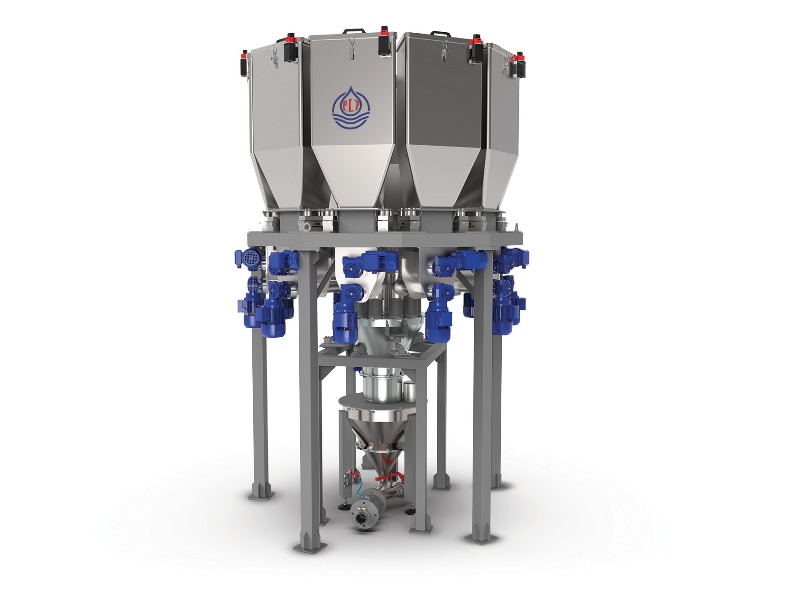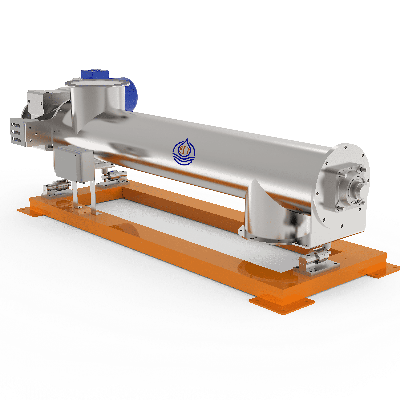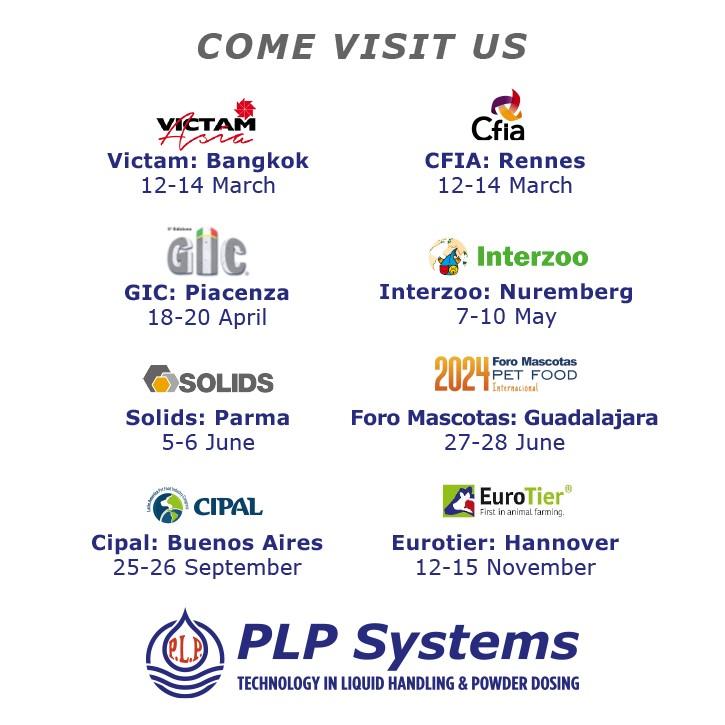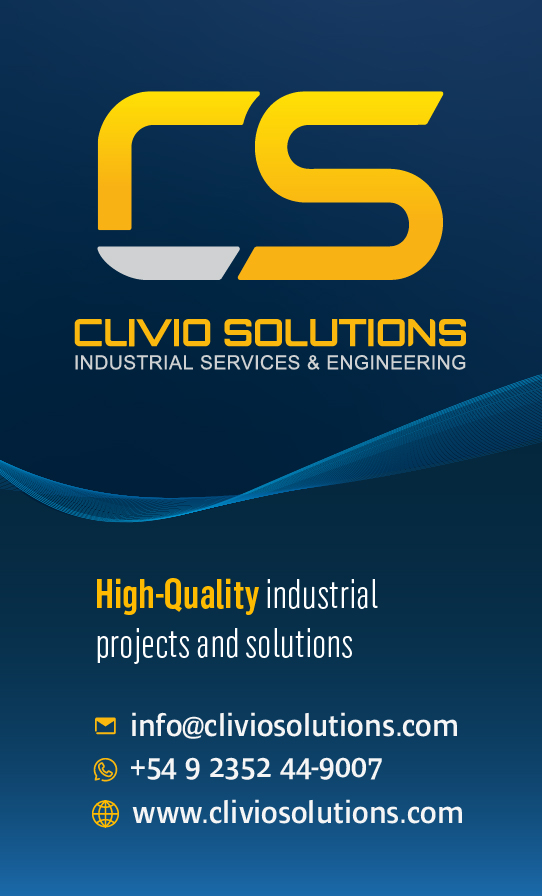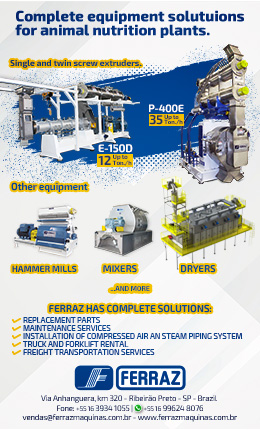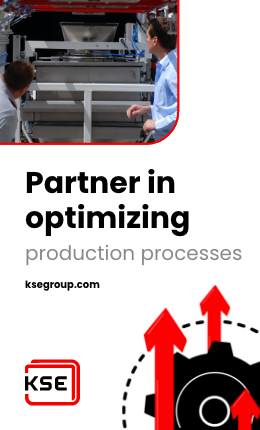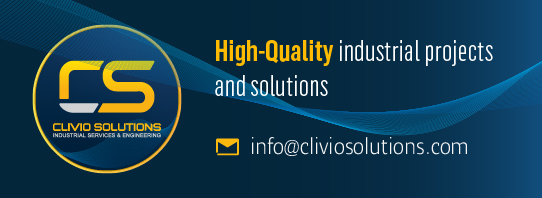What is kibble coating?
Pet food coating, also commonly referred to as palatability of the kibble, is a crucial practice in the pet food industry, used to enhance the energy and nutritional value of the food.
This technique involves the addition of animal and vegetable fats and oils, which are essential for meeting the specific energy requirements listed on product labels. Besides improving palatability, coating with oils provides essential fatty acids for your pet's health and enhances the texture of the kibble.
When and how are fats and oils added?
Some of these fats and oils can be incorporated during the mixing or conditioning phases before extrusion. However, excessive liquid addition at this stage can compromise the formation of the kibble. Therefore, the best method is to apply the lipids after the kibble has been formed, typically after the drying phase and before cooling. Commonly used fats include: chicken oil, lard, pork fat, and fish oils. Vegetable oils such as canola, sunflower, soybean, palm, and coconut are also widely used, depending on local availability and manufacturer preferences.
For dog kibble, the typical oil addition range varies based on factors such as geographic location, age, and activity level of the animal. Generally, oil content ranges from a minimum of 1% to a maximum of 14% of the total kibble weight, with some exceptions for working dogs, where oil content can exceed 20%. In contrast, oil inclusion for cat kibble usually does not exceed 5%.
In addition to oils, other additives are applied during the coating process, primarily flavor enhancers and palatability agents. These are often based on hydrolyzed meat, commonly known as "digest", and are available in both liquid and powder form.
The importance of coating
The taste of pet food, especially for cats, is a critical factor for manufacturers, as pet owners are more likely to repurchase a brand if their pets enjoy the food. While ingredient quality is undeniably important, the technology used in production is equally significant. Achieving uniformity is essential to ensure that the entire surface of the kibble is evenly coated, resulting in a consistent flavor throughout each piece.
Oils, in addition to playing a key role in food preservation, provide a uniform color. Inconsistent oil absorption can cause some kibble pieces to appear darker, leading to a perception of lower quality.
This is why precise and careful application of coating is fundamental in pet food production.
Marketplace
Let's explore the most commonly used technologies in the market and which one represents the best solution.
Different technologies for kibble coating
Coating technologies can be classified into two categories: batch coating and continuous coating, each with its own subcategories:
- Batch Coater: This method uses a vertical or horizontal mixer to move a weighed batch of kibble, which is then sprayed with a specific amount of oils and flavors. This is generally considered outdated technology that does not ensure good uniformity.
- Vacuum Batch Coater: Similar to the batch coater, this technology generates a vacuum during the application process. The vacuum is gently released after the oils are sprayed, allowing the oils to penetrate deeply into the porous kibble. This is the only technology suitable for applying high oil inclusions above 20%. However, when the formula requires low oil additions below 8% (within a range of 5-10% depending on various factors), it can lead to poor uniformity.
- Continuous Drum Coater: In this method, the kibble continuously passes through a rotating drum, and additives are sprayed over a large surface area of the food. This is considered an outdated and more economical coating solution. The main limitations of this technology include low flow capacity (typically no more than 3 tons per hour), limited oil addition, and a short retention time during the coating and mixing phases.
- Continuous Disc Coater with Spray: In this process, the kibble is continuously weighed and passes through a vertical chamber with a rotating disc that sprays the liquids. The spraying occurs from the center outward, and the kibble falls in a cascading motion, where it is coated by the liquid spray. While this technology can achieve good uniformity, it has two main drawbacks: a tendency to accumulate material in the disc spray chamber and the limitation of a single spray phase, while the market typically requires multiple phases for oils, liquid flavors, and powdered additives.
- Continuous Paddle Coater: PLP Systems offers a range of advanced coating technologies, but the MT Paddle Coater stands out as the ideal solution. This innovative system features a double continuous paddle shaft that ensures gentle product handling, precise dosing, and automated retention time adjustments.

The system is equipped with motorized SMOG atomizers positioned at the top, ensuring optimal distribution across various application phases. It can achieve micro inclusions as low as 0.01% with excellent uniformity, adhering to the highest Coefficient of Variation (CoV) standards. Additionally, it supports oil addition up to 15%, making it a versatile and efficient solution for precision coatings.
PLP Systems specializes in both liquids and powders, with a special focus on the pet food and feed industries.
Making kibble tasty and appealing with palatants, whether liquid or powdered, loved by animals is one of our primary goals.
Our cutting-edge solutions ensure that your products stand out in a competitive market, offering superior taste and quality that animals adore.
Whether you're looking to improve your current production line or explore innovative methods to increase product appeal, our technologies offer the reliability and excellence you need.
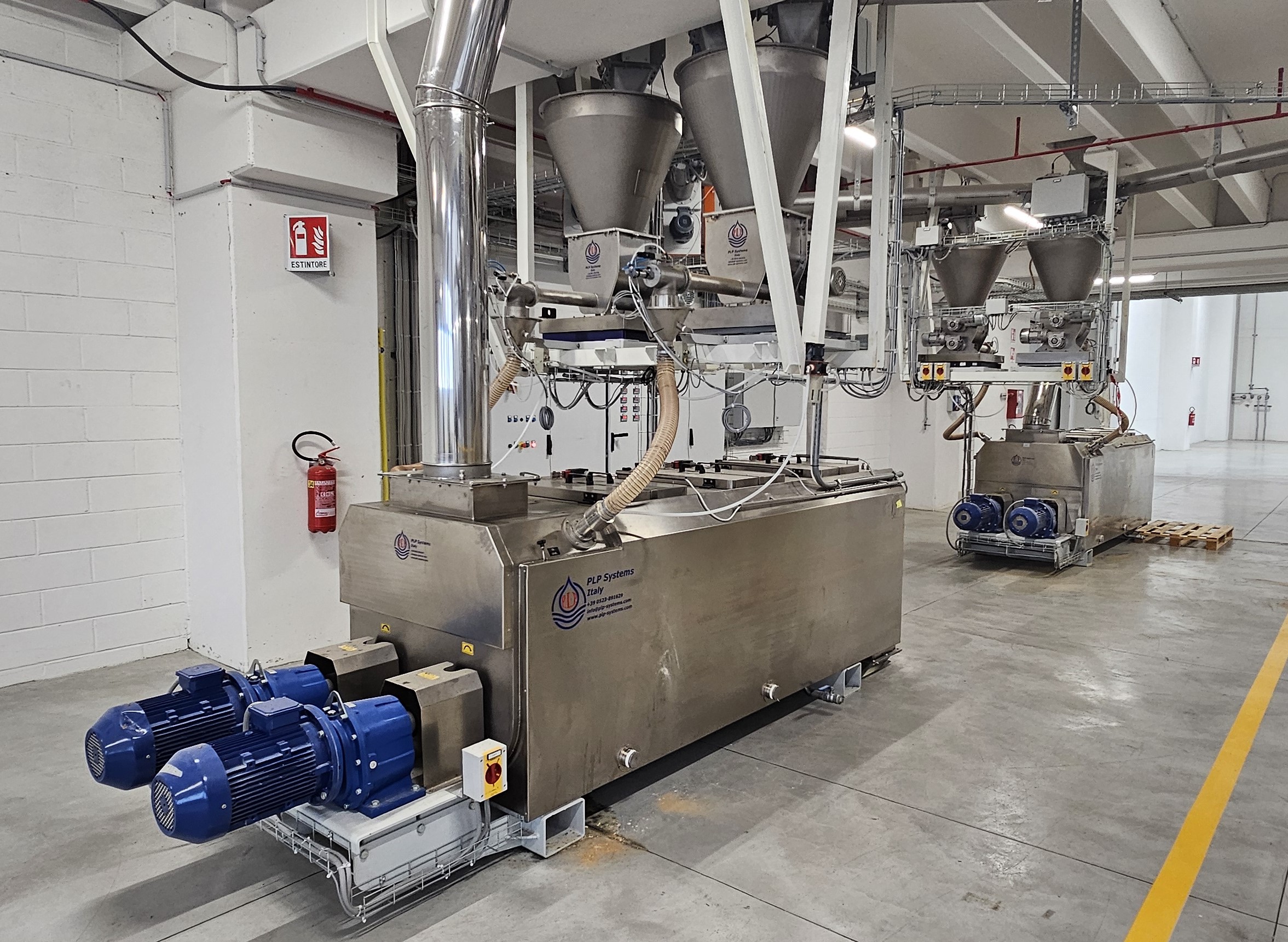
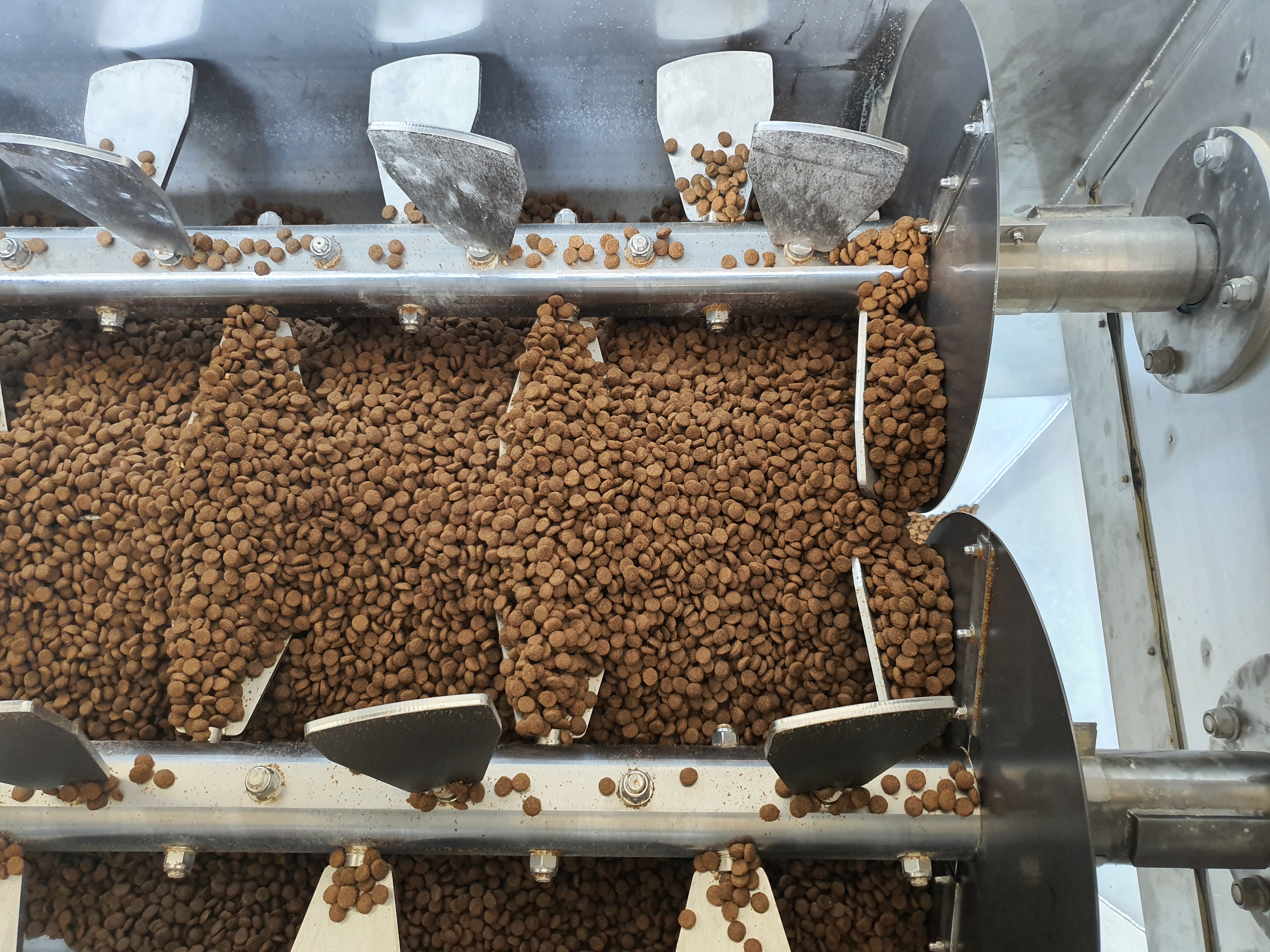
Need more information or want to dive deeper into our coating systems?
Don't hesitate to contact our experts. We're here to provide tailored solutions and answer all your questions.
Call us today at +39 0523 891 629 or email us at [email protected] for a free consultation.
We're here to help you find the perfect solution for your needs!
Source: PLP Systems
You could be interested: 5 Essential Pet Food Manufacturing Equipment Types
About company

About company
PLP Systems, founded in 1980, is a business reality specialized in dosing and weighing liquids and powders for production plants of pet food, feed, food for human consumption, and chemical products.
PLP Systems can supply complete systems for liquid and powder dosing control, continuous coating on finished products, microdosing, emulsifiers, motorized sprayers, flow meters, pumps, and filters.
In the pet food sector, PLP SYSTEMS has developed precise and reliable technological systems. It is one of the companies with the highest internationally recognized technological added value.
Please check the latest products in https://lnkd.in/eKs5wHP
We are available for any future information. Let's keep in touch!










